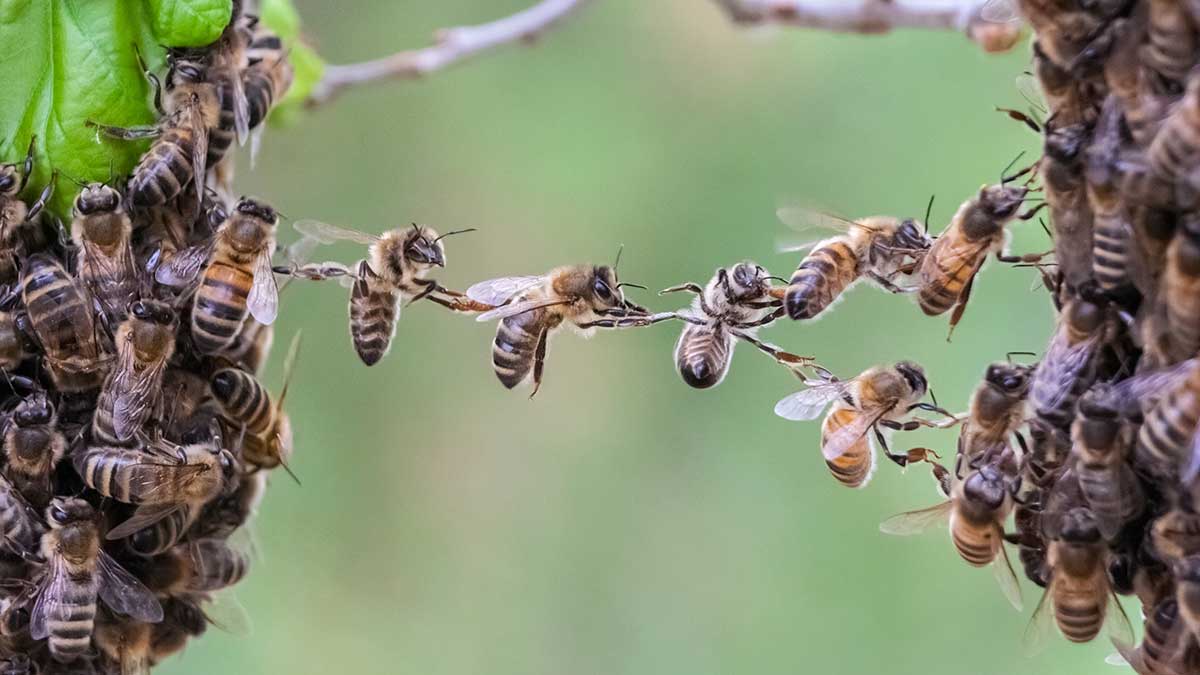JCM, Vol. 14, Pages 2841: Synovial Glucose and Serum-to-Synovial Glucose Predict Failure After Acute Postoperative Infection in Total Knee Arthroplasty
Journal of Clinical Medicine doi: 10.3390/jcm14082841
Authors:
Marta Sabater-Martos
Laia Boadas
Laura Morata
Alex Soriano
Juan Carlos Martínez-Pastor
Background: The treatment of periprosthetic joint infection (PJI) involves various strategies, with debridement, antibiotic, and implant retention (DAIR) being a preferred method for acute infections due to its lower morbidity. However, DAIR success rates vary widely from 30% to 80%. This study investigates the predictive value of synovial glucose and the serum-to-synovial glucose ratio for DAIR outcomes in acute postoperative PJI following total knee arthroplasty (TKA). Methods: This is a retrospective study of 32 DAIR cases, diagnosed with acute postoperative PJI after TKA. Synovial joint aspirations were performed on all patients. We collected all serological and synovial glucose levels. The serum-to-synovial glucose ratio was calculated. Results: Patients with synovial glucose levels below 44 mg/dL and a serum-to-synovial glucose ratio above 50% were identified as high risk for DAIR failure. High-risk patients exhibited a 31.3% failure rate, with half occurring within the first three months post-DAIR. No failures were observed in the low-risk group. Multivariate analysis did not find other significant predictors such as CRP levels, gender, or microbial cultures. Conclusions: Low synovial glucose levels and high serum-to-synovial glucose ratios are predictive of unsuccessful outcomes following DAIR procedures. Patients exhibiting lower synovial concentrations experienced early treatment failure.
Source link
Marta Sabater-Martos www.mdpi.com

